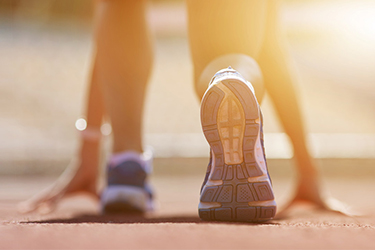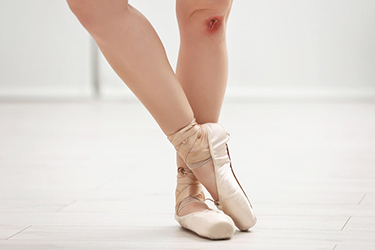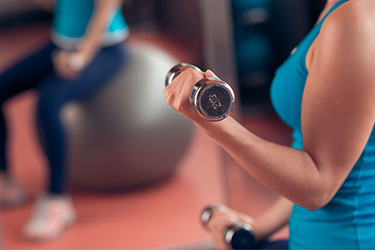Dancers who have what is called a “snapping hip” complain of an audible “click” or “snap” in the hip area when they move their hip. There are multiple causes of a snapping hip:
- Lateral, meaning on the side of the hip – A muscle or tendon (the iliotibial band or gluteus maximus) snapping over a bump on the thigh bone.
- Anterior, meaning the front of the hip – A muscle or tendon (iliopsoas) snapping over a bump of the pelvic bone or the ball part of the thigh bone.
- Intraarticular, meaning inside the hip joint – A tear in the cartilage of the hip or a loose body in the hip joint. Note that treatment may be different with this type of snapping hip.
Snapping hip may be painless or painful; it is usually the painful ones that seek medical attention.
Signs and Symptoms
The telltale sign of snapping hip is an audible snapping sound that occurs when you move your hip. Other symptoms include:
- The feeling that your hip is popping out of place.
- Dull pain or ache in the hip or groin area.
- Relief after a period of rest or decrease in the amount of dancing.
Symptoms to be worried about include:
- A sharp catching pain in the groin.
- Symptoms start to last longer and longer instead of staying about the same.
- Any giving away of the hip.
- If the snapping hip causes you to limp.
- Loss of motion in your hip.
If you experience any of the above symptoms, you should see your physician.
Treatment Options
Treatment depends on the underlying cause of the snapping hip. Discuss your technique with your dance instructor to make sure that you’re not forcing your turnout from below or are having other technique problems.
Initial treatment involves RICE (Rest, Ice, Compression, Elevation) and anti-inflammatory or pain medications.
Any weaknesses or stiffness must be addressed either with a home exercise program or formal physical therapy.
Once recovered, it is important to continue to maintain strength and flexibility to help prevent recurrence.
Refractory painful snapping should be reported to your doctor who may recommend a surgery consultation.
Tips for Prevention
- Maintain flexibility of hip joints. Even though dancers are very flexible overall, the hips can still be relatively stiff.
- Muscles to concentrate on include the iliopsoas, iliotibial band and gluteus maximus.
- Make sure that your strength and flexibility are balanced on both right and left sides.


